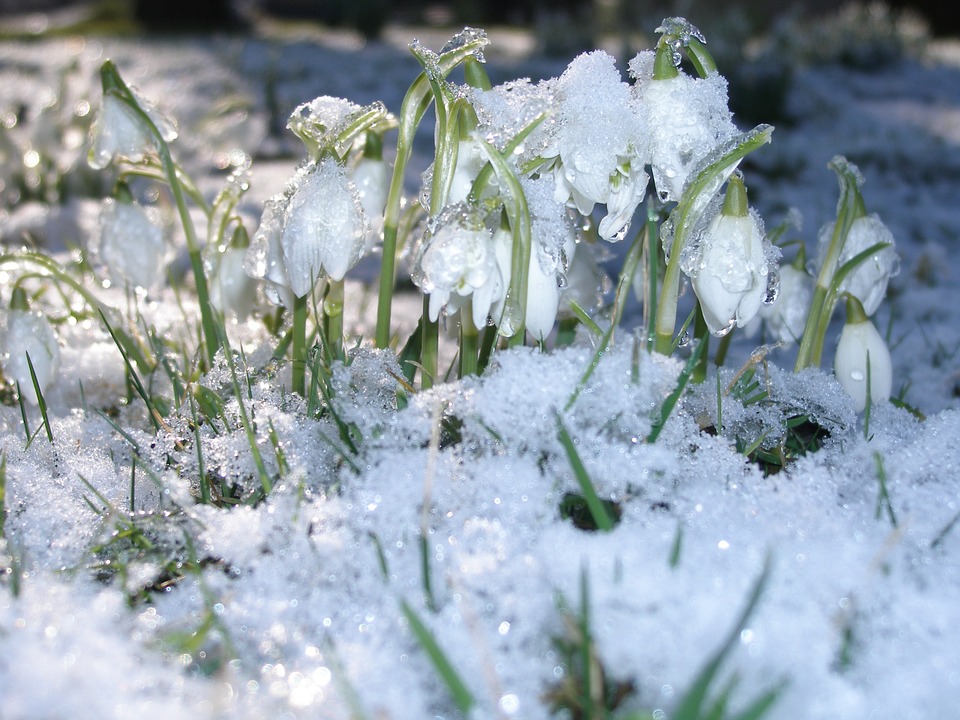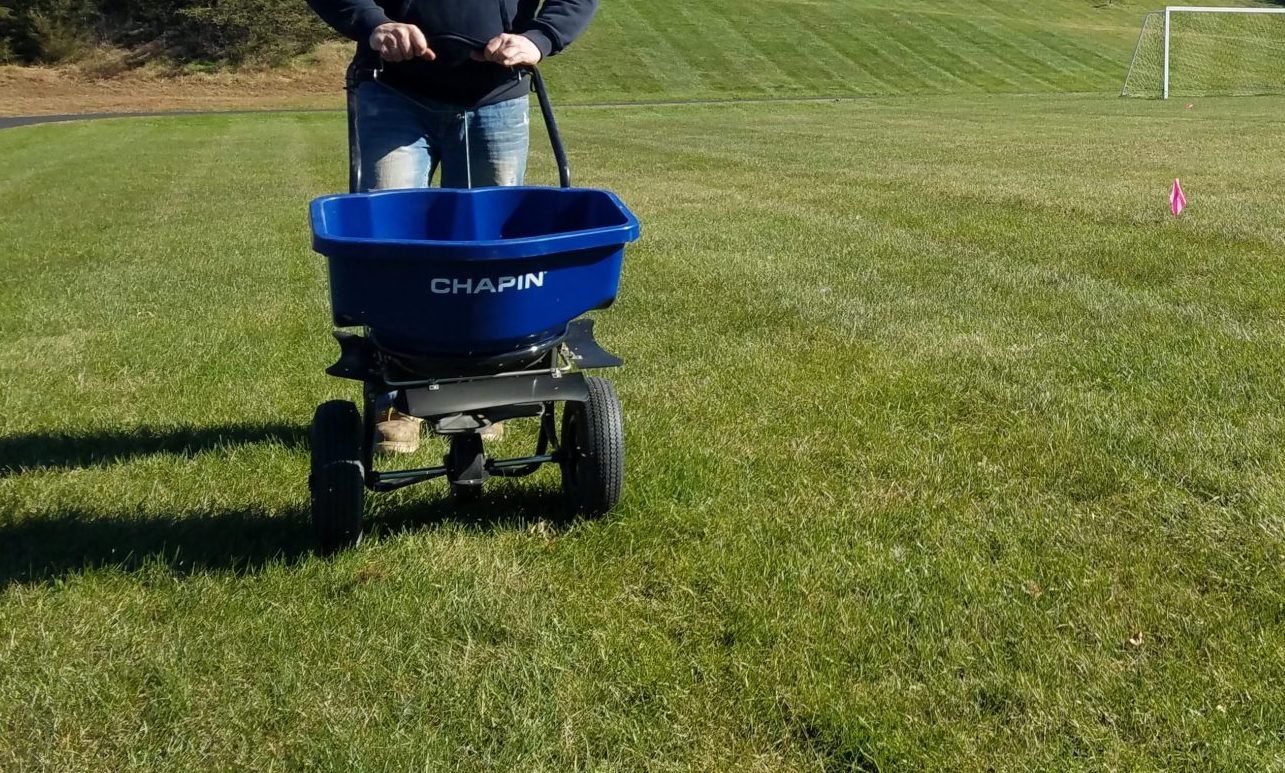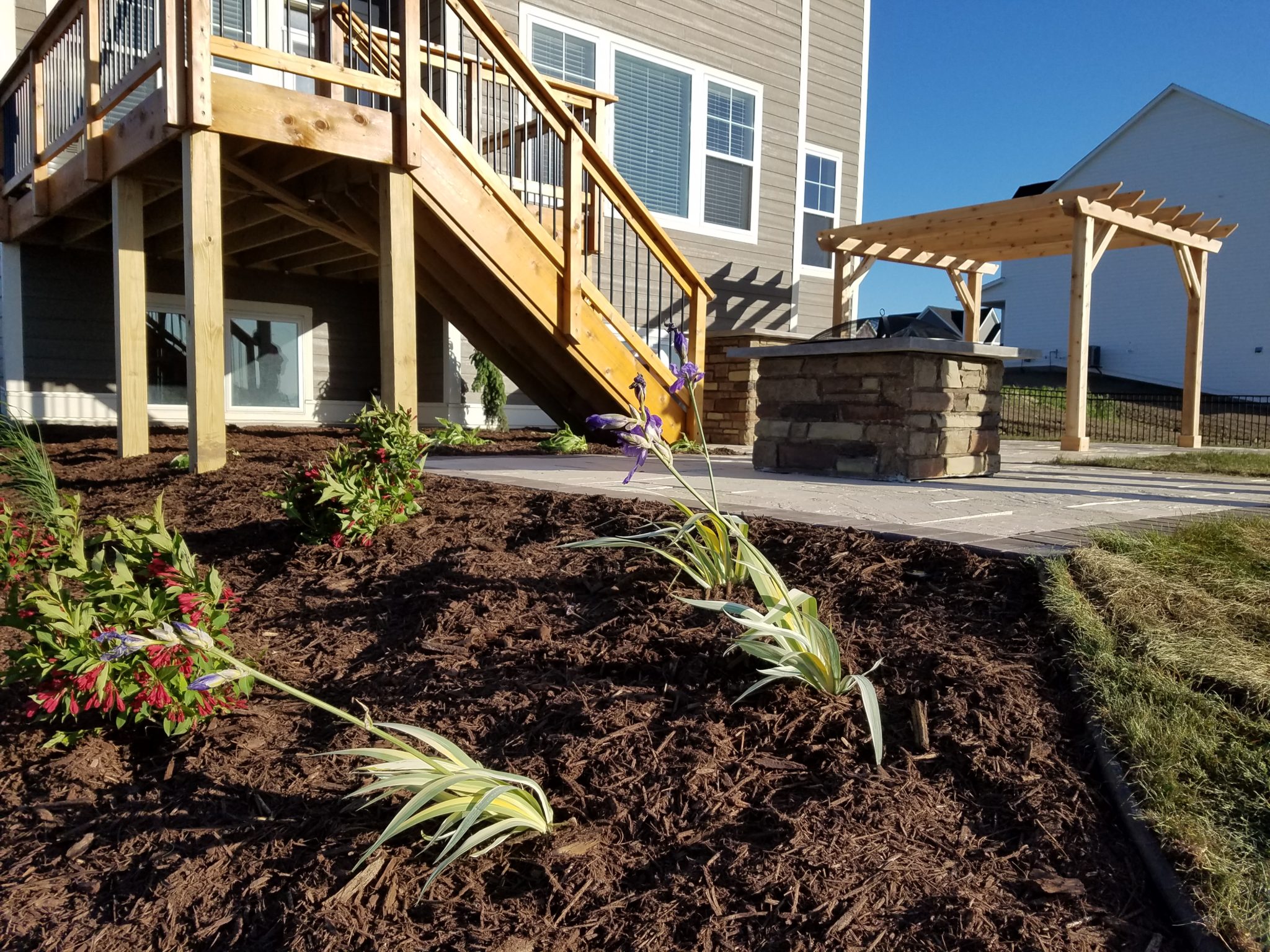10 Tips/Ideas for Spring
- Post by Precision Landscape
- On Spring
Spring comes at a different time every year. That is why it is important to be ahead of the game and be prepared for when the warmer weather starts to turn into long, hot summer days.
1. The Spring Snowmelt can bring about many issues. One issue that seems to stand out more than any in the spring is drainage problems and water getting into basements along foundations. One common solution to this problem is to make sure there is proper pitch away from the home. Adding dirt along the foundation and pitching it away from the home will help keep water away. We also recommend using plastic sheeting and rock around your home so that the water can easily flow away and there will be fewer erosion problems.

2. It can be beneficial to rake your yard in the spring. Doing so can help to lift damaged spots and allow oxygen to get to the soil and help your grass grow. It can also help to remove thatch that has built up over the winter. We want to warn you though, don’t rake too soon! Make sure your yard is completely dried out before you rake, or you could end up damaging the roots of grass that would have otherwise come back to life and taken nicely if you would have waited.

3. Remove all debris from your landscape beds and yard. Doing this will help your grass and plants get the sunlight and oxygen they need to grow. An efficient way to do this is by using a leaf blower. If you are waiting to see your first perennials like hostas or daylilies of the season, it can be helpful to remove any dead leaves or debris that were covering them over the winter.
4. Spring means moisture so it is important to make sure your gutters and downspouts are clear. Remove any leaves that are in your gutters and check to make sure there was no damage from ice buildup over the winter.
5. Although we say that the best time to fertilize your lawn is in the fall, it can also be beneficial in the spring. It is typically most beneficial to wait until May to fertilize. Applying a weed and feed fertilizer along with crabgrass preventative can be very helpful in producing a full and weed free lawn.
6. The question of “when should I seed my lawn?’ also is often asked in the spring. Once again, we recommend that you seed your lawn in the fall but if you need to in the spring it is important to wait until you have mowed a couple of times and can see spots that have not yet filled in. It is important to make sure that you keep the seed properly watered or it will not take. If you applied a pre-emergent weed control to your lawn than you will need to make sure to avoid the seeded areas.
7. Another question that we often get is “when can I first mow my lawn?” This one is up to the homeowner. If your yard is dry and clear of all debris, you can mow as soon as you would like. We typically like to mow as soon as the grass is turning green and growing at a decent rate.
8. Prune your trees and Shrubs. Spring is a good time to prune trees and shrubs because you can easily pick out dead branches and can see the shapes of the shrubs before they fill out with leaves and flowers.

9. Add a fresh layer of mulch to the landscape beds around your home. Mulch will not only make your property pop, but it will also help to prevent weeds and keep moisture around your flowers and plants.
10. One of our favorite ideas for spring is adding color to your landscape! A quick and easy way to do this is to use annuals. They are relatively cheap, and they add a quick splash of color to any landscape bed or potted plant!


